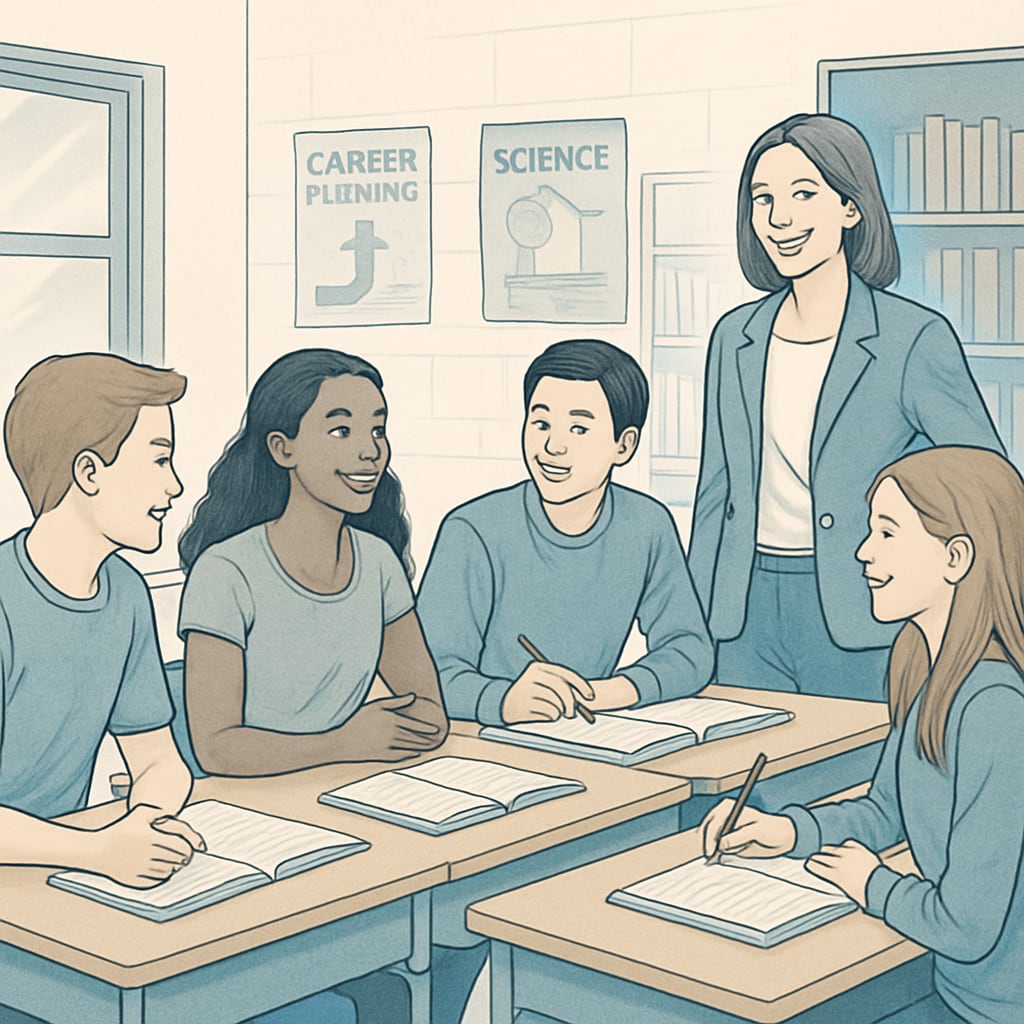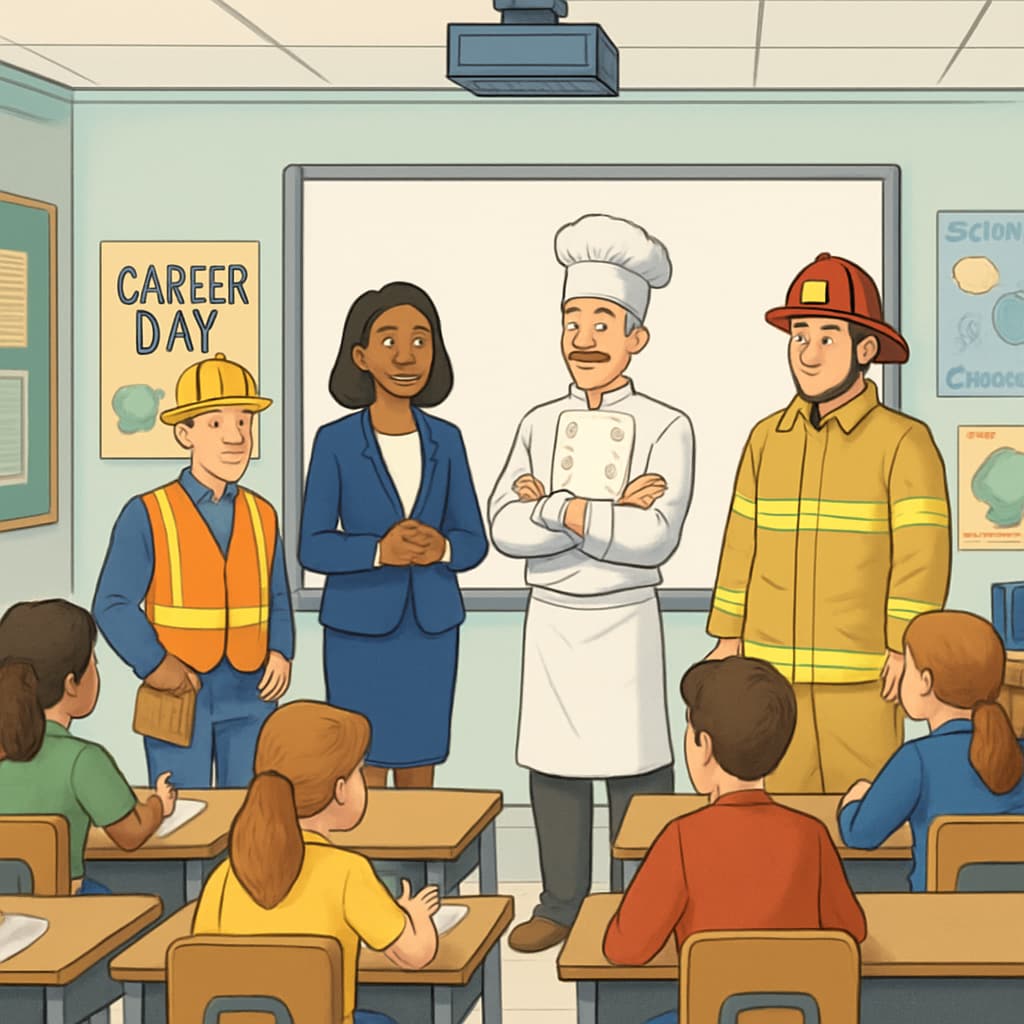The process of academic planning, professional choices, and career prospects is often fraught with complexity for students. Many young individuals struggle to reconcile their passion for certain subjects or fields with the practicalities of future career stability. This article delves into how K12 education can play a pivotal role in helping students navigate this challenge, enabling them to strike a balance between following their interests and securing a viable professional path.
Challenges in Balancing Personal Interests and Career Realities
Choosing a university major or professional path is one of the most significant decisions students make, often shaping their future trajectory. For many, this decision involves a tug-of-war between pursuing their passions and opting for fields with better career prospects. While some students feel strongly about subjects like art, music, or literature, societal pressure and financial insecurity often push them toward more “practical” careers such as engineering, medicine, or business.

These dilemmas are further complicated by inadequate guidance during the formative years. Without proper support, students may end up choosing paths dictated by external factors rather than intrinsic motivation. According to a study on education, early exposure to career awareness can significantly impact students’ ability to make informed choices.
The Role of K12 Education in Career Planning
K12 education is a critical period for shaping students’ understanding of both professional opportunities and their own interests. Schools can provide a structured environment where students explore diverse fields and develop a well-rounded perspective. By integrating career planning into the curriculum, educators can help students identify their strengths, weaknesses, and aspirations while considering practical realities.
Key strategies educators can adopt include:
- Interest Assessment Tools: Regularly using tools like personality tests or interest surveys can help students clarify their preferences.
- Career Workshops: Hosting sessions with professionals from various industries can broaden students’ understanding of potential career paths.
- Mentorship Programs: Pairing students with mentors who can provide personalized advice based on real-world experiences.

In addition, schools can encourage project-based learning that aligns with students’ interests, allowing them to explore practical applications of their passions. For example, a student interested in environmental science might work on a recycling initiative, while someone passionate about technology could develop a basic app. By connecting interests to actionable outcomes, educators make career planning more engaging and relevant.
Finding the Balance: Practical Tips for Students
Students themselves have a role to play in striking a balance between passion and practicality. Here are some actionable tips:
- Research Career Fields: Understand the job market, salary expectations, and growth potential for fields of interest.
- Seek Internships: Gain hands-on experience in areas of interest to confirm whether they align with long-term goals.
- Consult Career Counselors: Leverage school resources to get advice on educational pathways and industry trends.
- Stay Flexible: Be open to the idea of combining interests with practical fields—for example, pursuing graphic design within tech industries.
Ultimately, striking a balance between passion and reality requires both self-awareness and external support. By leveraging resources available in K12 education and exploring diverse career opportunities, students can make informed decisions that blend their interests with realistic expectations.
The Path Forward: Empowering Students Through Education
As society evolves, so too should the way we approach career planning in schools. Empowering students to understand themselves and the world around them is key to fostering holistic development. Educators, parents, and policymakers must collaborate to create flexible, personalized systems that adapt to the unique needs of each student.
In conclusion, K12 education holds a tremendous opportunity to help students navigate the complex interplay between personal interests and professional realities. By providing structured guidance and fostering self-awareness, schools can enable students to confidently pursue their passions while remaining grounded in the practicalities of career prospects.
Readability guidance: This article features short paragraphs, actionable lists, and consistent use of transition words (e.g., “in addition,” “for example”). It is designed for easy comprehension while maintaining professional depth.


